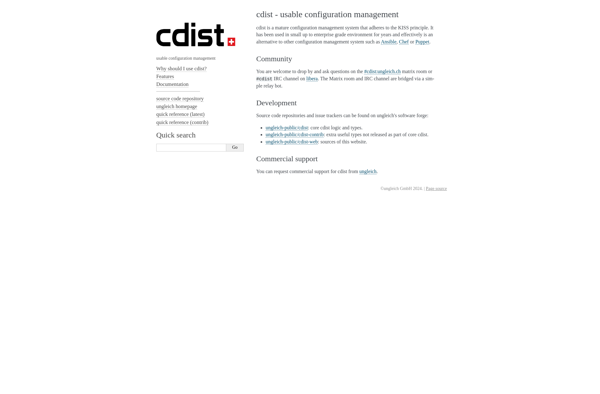EIP SAM
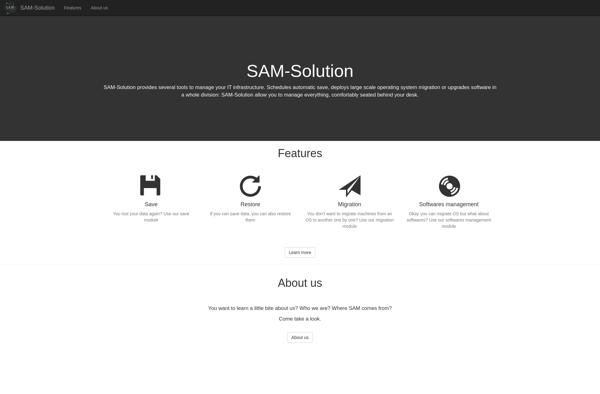
EIP SAM: Open-Source Infrastructure Modeling Software
EIP SAM provides capabilities for system architects and engineers to create, manage, and visualize complex infrastructures and architectures with unlimited scalability.
What is EIP SAM?
EIP SAM (Enterprise Infrastructure Planning - System Architecting and Modeling) is an open-source software tool used for modeling large-scale IT infrastructures and enterprise architectures. It provides a flexible and scalable platform for architects, planners, and engineers to design, visualize, analyze and optimize complex technological landscapes and workflows.
Key capabilities and benefits of EIP SAM include:
- Graphical drag-and-drop interface for model creation
- Extensive libraries of pre-configured infrastructure components and templates
- Design rule checking and constraints enforcement
- Impact analysis for change management scenarios
- Integration with external data sources and CMDBs
- Dynamic views, dashboards, heat maps and reports
- Collaborative features for team-based development
- Vendor neutral and standards-based (e.g. ArchiMate, BPMN)
- Extendable and customizable via API and plugins
- Available on multiple platforms (Windows, Linux, Mac)
With its advanced feature set for detailed system design paired with enterprise-grade scalability, EIP SAM serves as a single source of truth and documentation for large infrastructure teams and digital transformation initiatives. The open architecture provides flexibility for customization, while the active community enables rapid adoption even for complex organizational needs.
EIP SAM Features
Features
- Model-based systems engineering
- Drag and drop interface
- Built-in reports and analytics
- Collaboration tools
- Import/export capabilities
- Customizable libraries and templates
- Simulation and analysis
Pricing
- Open Source
- Free
Pros
Cons
Official Links
Reviews & Ratings
Login to ReviewThe Best EIP SAM Alternatives
Top Ai Tools & Services and Infrastructure Modeling and other similar apps like EIP SAM
Here are some alternatives to EIP SAM:
Suggest an alternative ❐Ansible
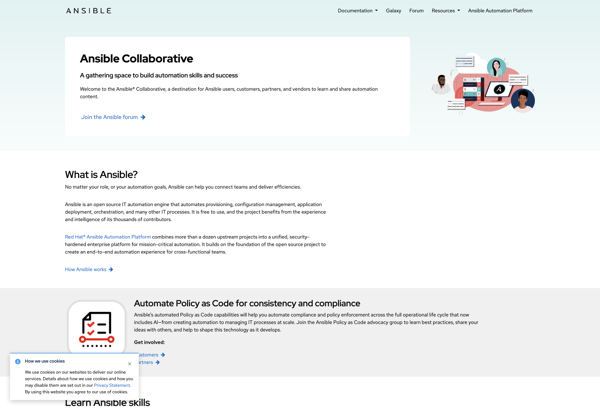
Puppet
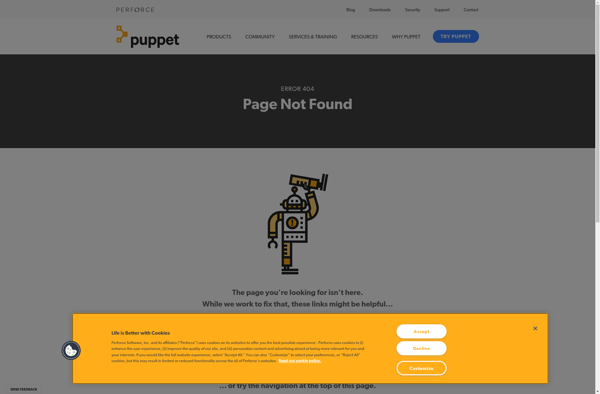
ManageEngine Endpoint Central

DCImanager
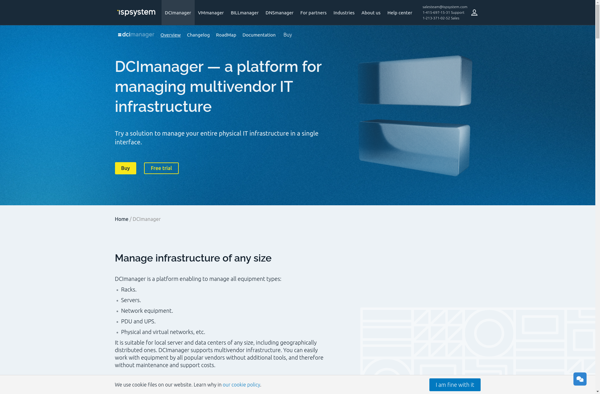
Cfengine
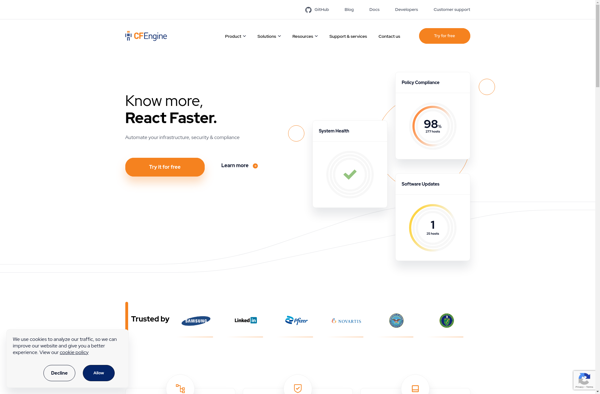
Cobbler
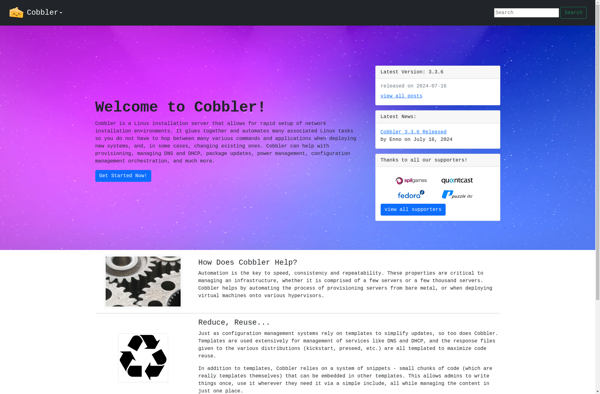
Munki
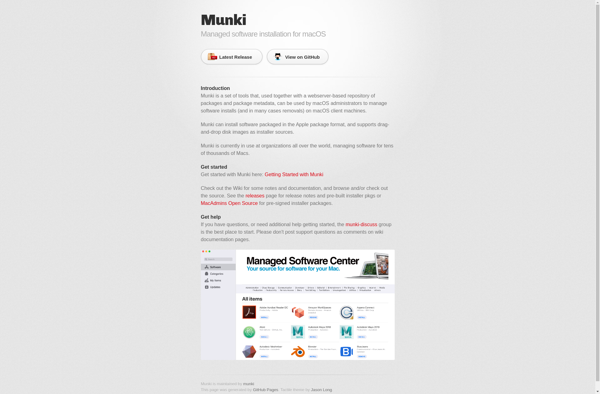
Cdist
